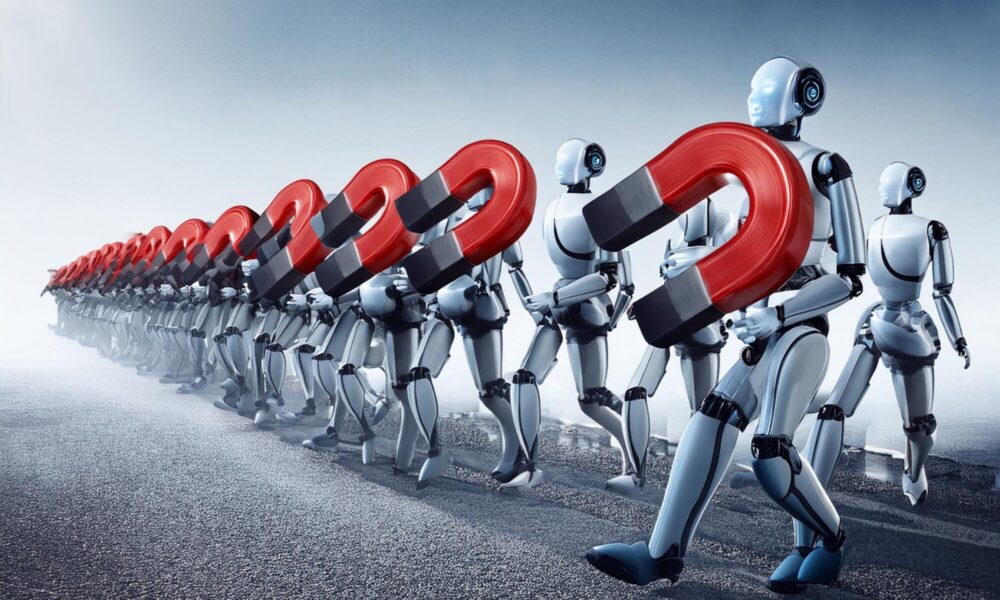From August 14 to 17, the world’s first Humanoid Robot Games were held in Beijing, China, featuring over 500 robots from 280 teams across 16 countries competing on the same stage. The event included 26 competition categories and 487 matches, encompassing various events such as track and field, soccer, dance, and more.
Humanoid robots are transitioning from science fiction to reality. Behind these highly complex machines lies the precise integration of a range of metal materials. Today, we explore the key metal materials used in humanoid robot manufacturing.
Lightweight Core: Magnesium and Aluminum Alloys
Conductive and Thermal Management: Copper and Silver
The “nervous system” of humanoid robots relies on efficient conductive and thermal materials. Copper is a core material for motors, wiring harnesses, and circuit boards. Its high electrical and thermal conductivity ensures efficient power transmission and heat dissipation. Joint motors and sensors in robots require extensive copper coils to reduce energy loss and prevent overheating. Silver is used in high-end connectors and contacts; despite its higher cost, its superconducting properties are irreplaceable in precision signal transmission. As humanoid robots advance toward higher intelligence, the demand for copper and silver will continue to grow to support more complex electronic systems and real-time data processing.
Strength and Durability Foundation: Steel
Although lightweighting is key, load-bearing parts such as skeletal frames, gears, and bearings require extremely high strength and wear resistance. Steel plays an irreplaceable role here, particularly high-strength stainless steel and alloy steel. Through heat treatment and coating technologies, these materials provide excellent fatigue and corrosion resistance, ensuring stability during long-term repetitive movements. For instance, leg joints and grasping arms of humanoid robots often use steel to withstand dynamic loads. Additionally, steel’s cost-effectiveness and machinability make it the preferred choice for mass production, balancing performance and cost.
“Magic Elements”: Rare Earth Materials
Rare earth elements, such as neodymium, dysprosium, and terbium, are the “invisible drivers” of robot power systems. They are used to manufacture neodymium iron boron magnets in permanent magnet motors. These magnets possess extremely high magnetic energy products, providing compact and powerful power output that directly drives joint and movement components. Without rare earth elements, modern high-performance motors would not achieve miniaturization and high efficiency. Although rare earth resources are concentrated and pose environmental challenges in extraction, their role in enhancing power density and precision is irreplaceable. As humanoid robots demand greater mobility, the supply of rare earths may face pressure, spurring innovation in recycling and alternative technologies.
Future Value of Metal Materials
The explosive growth of the humanoid robot market will bring structural demand for these metal materials. Lightweight and conductive materials such as magnesium, aluminum, and copper will directly benefit from robot mass production. Rare earths and high-end steel may become strategic resources in the supply chain. Attention can be paid to related metal mining, processing, and recycling companies, as well as new material R&D firms. However, risks must also be considered. Currently, geopolitical disruptions to rare earth supply, price fluctuations, and technological iterations may impact long-term trends.











